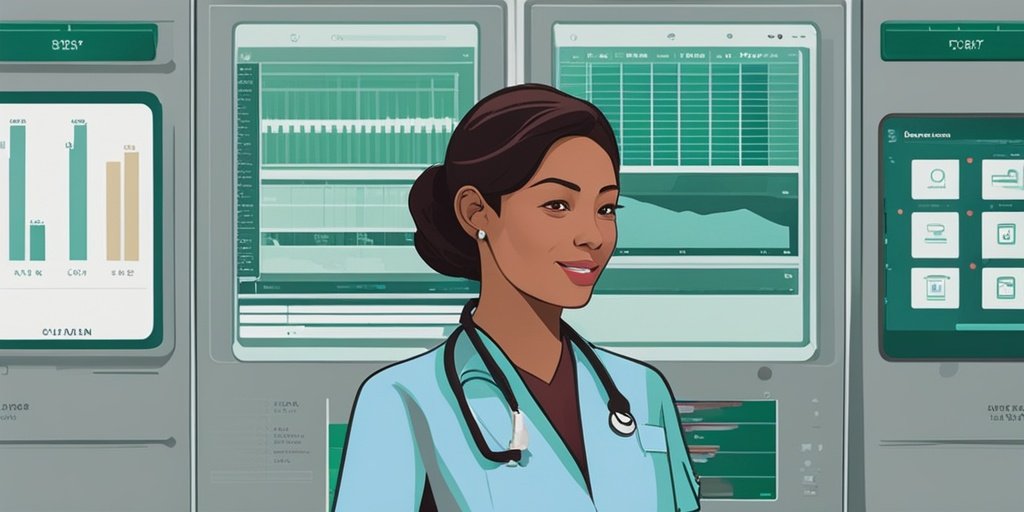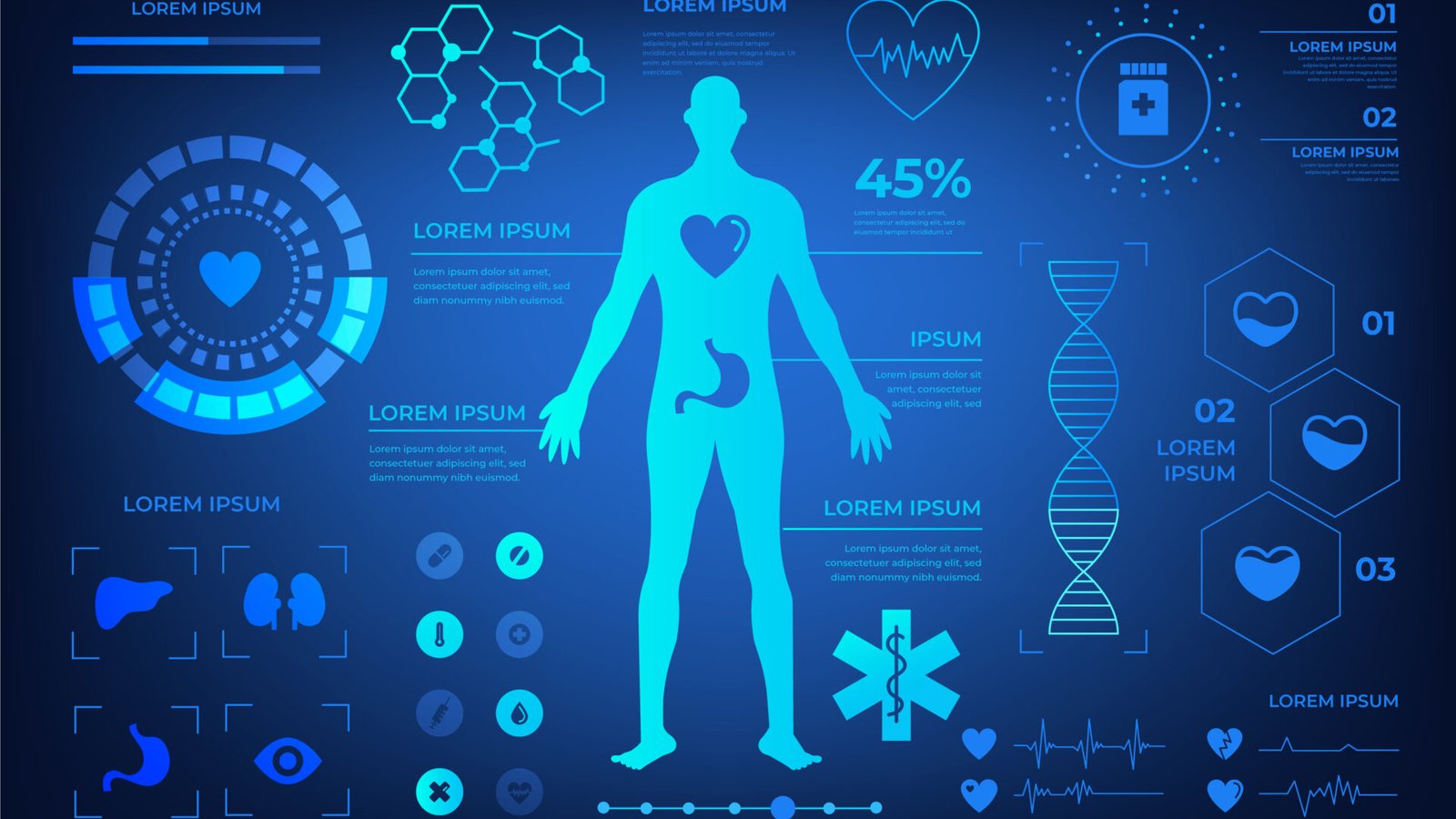🔍 Innovations in Digital Health: Research Insights
Abstract
Author: [‘Chiu CP’, ‘Chou HH’, ‘Lin PC’, ‘Lee CC’, ‘Hsieh SY’]
Journal: Am J Emerg Med

🔑 Key Takeaways
- 🦠 Bacteremia is a serious condition that requires prompt diagnosis and treatment.
- 🤖 Machine learning models can effectively predict bacteremia in urgent care settings.
- 📊 The study analyzed data from over 5,000 patients presenting with fever or hypothermia.
- 🏆 The ensemble model achieved an impressive AUROC of 0.930, indicating high predictive accuracy.
- 💡 A total of 36 variables and 10 subjective symptoms were utilized in the analysis.
- 📈 All machine learning models demonstrated AUROC values above 0.80, showcasing their reliability.
- 🏥 The findings suggest a potential for integrating machine learning into emergency department practices.
- 🌍 Study published in the American Journal of Emergency Medicine.
📈 This study highlights the promising role of machine learning in predicting bacteremia among patients in urgent care settings. By leveraging triage data and laboratory results, healthcare professionals can enhance their diagnostic capabilities. Read the full abstract here.
📚 Background
Bacteremia, the presence of bacteria in the bloodstream, remains a critical challenge in emergency medicine. Despite advancements in antimicrobial therapies, timely diagnosis is essential for patient survival. Traditional methods, such as blood cultures, can be slow and are not always feasible in urgent care settings. This study aims to address these challenges by utilizing machine learning to predict bacteremia based on readily available triage data and laboratory results.
📊 Study Summary
This retrospective cohort study involved 5,063 adult patients who presented to the emergency department with fever or hypothermia. The objective was to develop machine learning models, including logistic regression, random forest, and support vector machines, to predict episodes of bacteremia. The researchers employed techniques to balance the dataset and analyzed a combination of demographic, clinical, and laboratory variables to enhance prediction accuracy.
📈 Key Findings
Out of the 5,063 patients, 128 (2.5%) were diagnosed with bacteremia. The ensemble model outperformed other models, achieving an area under the receiver operating characteristic curve (AUROC) of 0.930 and an F1-score of 0.735. All models demonstrated high AUROC values, indicating their effectiveness in predicting bacteremia among febrile or hypothermic patients.
🌍 Impact and Implications
The implications of this study are significant for emergency medicine. By integrating machine learning techniques into clinical practice, emergency department clinicians can enhance their diagnostic capabilities, leading to quicker and more accurate treatment decisions. This could ultimately improve patient outcomes and streamline the management of bacteremia in urgent care settings.
🔮 Conclusion
This study underscores the potential of machine learning in transforming the diagnosis of bacteremia in emergency medicine. By utilizing triage data and laboratory results, healthcare professionals can make informed decisions more rapidly. We encourage further research and exploration into the integration of machine learning technologies in clinical settings to enhance patient care. 🌟
💬 Your comments
What are your thoughts on the use of machine learning in predicting bacteremia? We would love to hear your insights! 💬 Share your comments below or connect with us on social media:
